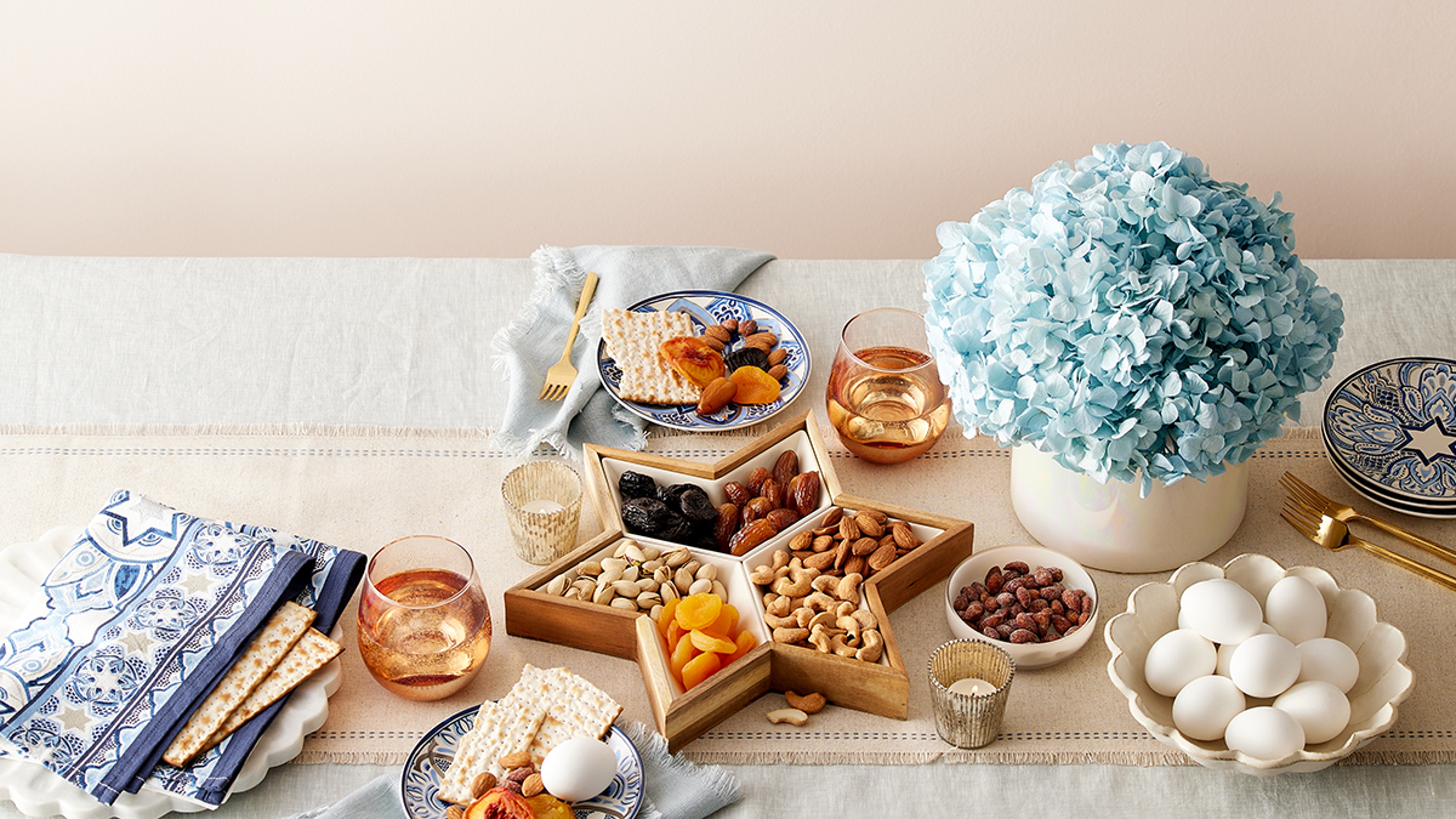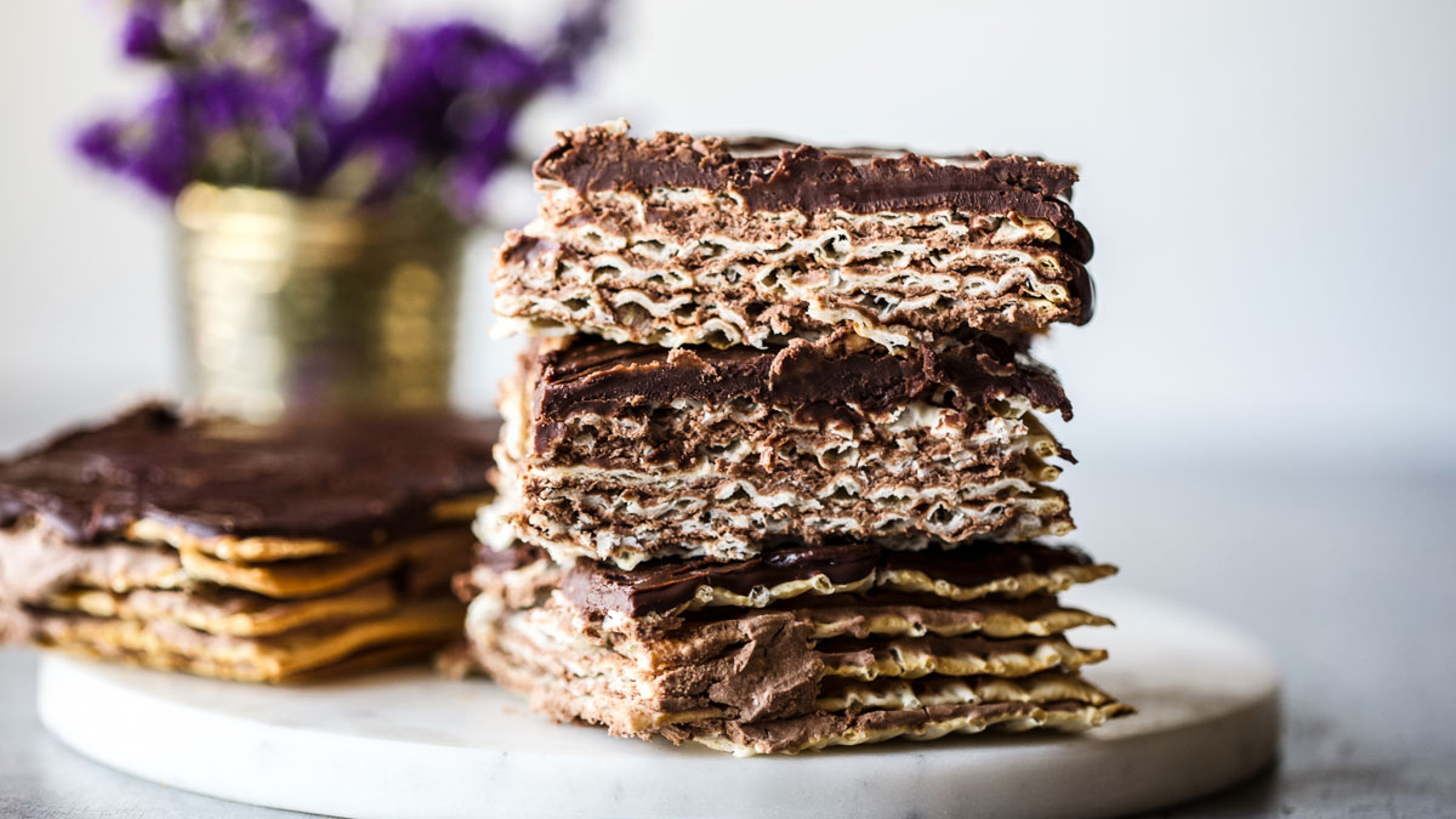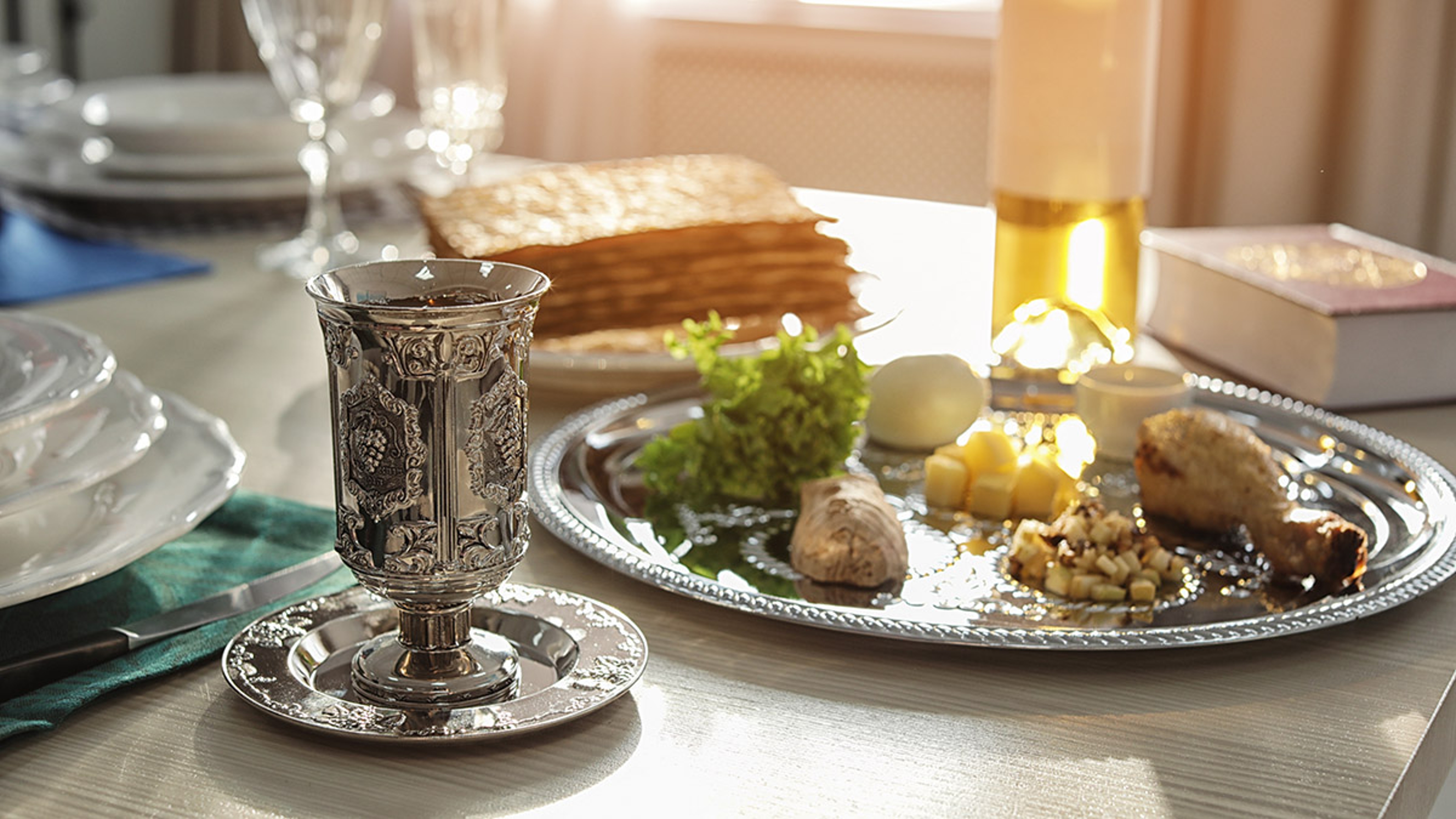Passover Food Traditions
Get tips to serve traditional Passover meals at the Seder table this year with the best recipes and food ideas for a happy Passover.
Apr 10, 2025
Passover, one of the most sacred Jewish holidays, has a deep connection with food. This springtime holiday chronicles how the enslaved Israelites fled Egypt. The associated foods represent the perils of an oppressed people and how they found freedom in a new life.
The story of Passover
Around the 15th century BC, Jews settled in Egypt and the Pharaoh felt threatened by this new population. He ordered them to be enslaved and the drowning of any newborn sons in the Nile River to stop the further expansion of the Israelites. One baby was set adrift in a basket and pulled out of the water by the Pharaoh’s daughter. Named Moses, he grew up under the guise of being Egyptian. After finding out his true lineage, Moses joined his people in bondage, but fled when he killed an Egyptian for beating a slave. During his time away in the desert, Moses spoke with God who told him to return to Egypt to free his fellow Israelites.
When Moses returned to Egypt demanding that the Pharaoh let his people go, the Pharaoh repeatedly refused. Finally, Moses warned Pharaoh that if he did not release the Israelites, God would send 10 vengeful plagues (water turning to blood, frogs, lice, flies, livestock disease, boils, hail, locusts, darkness) against Egypt; the tenth one was the harshest: killing of the first-born child — this included the Pharaoh’s son — by the angel of death. To protect their children, the Israelites marked their doorframes with lamb’s blood so the angel of death would “pass over” their households. Moses then leads the Israelites out of Egypt, parting the Red Sea along the way, escaping the clutches of the Pharaoh and finally free from slavery.

The Passover seder
Passover (pesach in Hebrew) is celebrated with the ceremonial dinner, Seder, meaning “order.” The Seder includes the retelling of Moses leading the Israelites out of Egypt and songs. The focal point of the Seder is the Seder plate, which contains Passover’s five symbolic foods:
- Karpas (or greens, most often parsley) represents how the Jews flourished when they first settled in Egypt. The karpas is dipped in saltwater or vinegar to taste both the new hope and the tears the Israelites shed.
- Charoset is a sweet fruit paste made mainly of apples, wine, and nuts to represent the mortar used by the Jews to construct buildings for the Pharaoh.
- Maror, a bitter herb, often horseradish, represents the bitterness of slavery.
- Zeroa, a roasted lamb shank, represents the Jews’ many sacrifices made before leaving Egypt.
- Beitzah, a roasted or hard-boiled egg, represents spring and the circle of life.
No Seder would be complete without matzo, a simple mix of flour and water. This flat unleavened bread symbolizes the bread that the Israelites took with them when they fled Egypt and had no time to allow the dough to rise.
A Seder can also include a traditional main dish, such as brisket, matzo ball soup, and a dessert, such as flourless chocolate cake. You can make your own Seder complete with these three Passover recipes.
Passover recipes
Balsamic Glazed Slow Cooked Brisket
Balsamic Glazed Slow Cooked Brisket
Shop : Beef Brisket from Harry & David
Royal Riviera® Pear Balsamic Vinaigrette from Harry & David
Brisket comes from a heavily worked muscle, making it very tough. To make it tender — and moist — you will need to be patient. Cooking brisket at a low temperature for a longer length of time will help achieve a meat so magnificent, you’ll want to eat it all the time, not just for holidays and special occasions. This brisket is packed with sweet flavor from the pear balsamic vinegar.
Shop : Beef Brisket from Harry & David
Royal Riviera® Pear Balsamic Vinaigrette from Harry & David
Matzo Ball Bone Broth Soup
Matzo Ball Bone Broth Soup
One of the most iconic dishes in Jewish food culture, matzo ball soup is also one of the most comforting. This version, made with bone broth and shredded chicken is jazzed up with flavored olive oil. The recipe is so easy, the only question you’ll need to ask is how you like your matzo balls: sinkers or floaters.
Flourless Chocolate Cake
Flourless Chocolate Cake
Shop : Double Dark Chocolate Truffle Cocoa Mix from Harry & David
Scharffen Berger® 100% Cacao Unsweetened Cocoa Powder - 3 Pack from Harry & David
Stop torturing yourself with bland Passover desserts. This flourless chocolate cake, sans any leavening, may be Passover-friendly, but it’s so rich and decadent — and has a brownie texture to it — you’ll want to move on from sourdough bread to baking this beauty year-round.
If you prefer your Passover dessert to have a slight crunch to it, then you must try the five-layer chocolate matzo cake.
Shop : Double Dark Chocolate Truffle Cocoa Mix from Harry & David
Scharffen Berger® 100% Cacao Unsweetened Cocoa Powder - 3 Pack from Harry & David
.svg?q=70&width=384&auto=webp)











